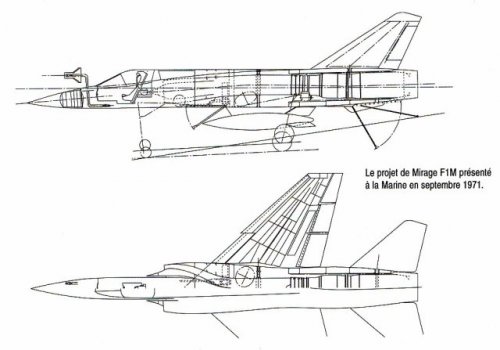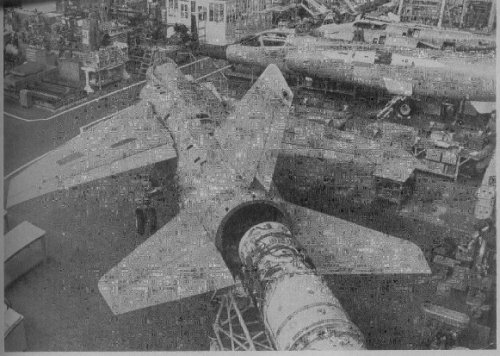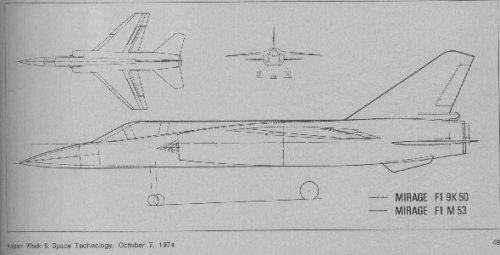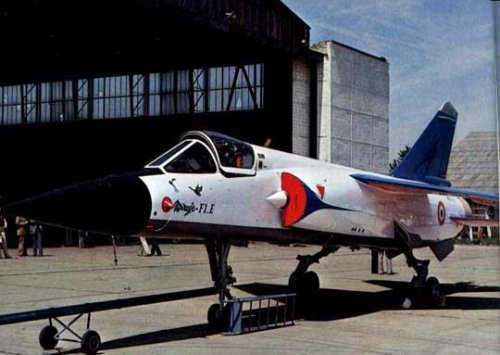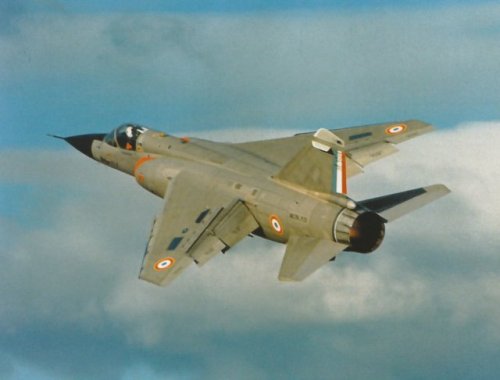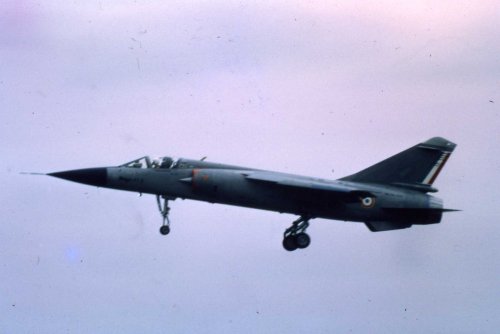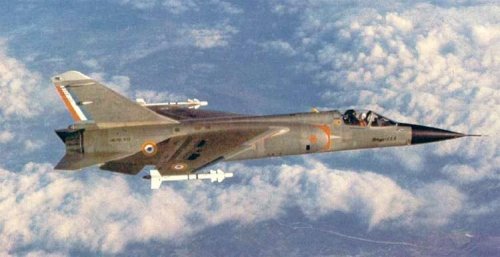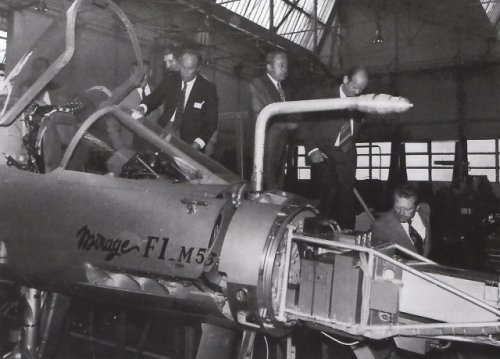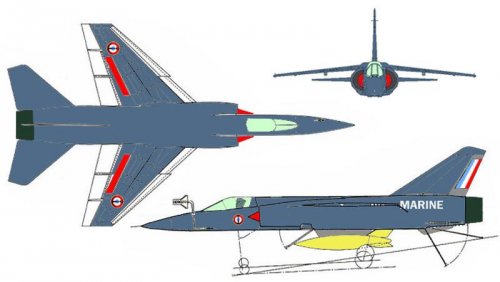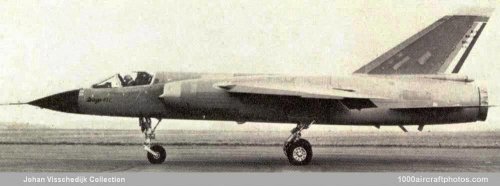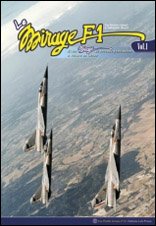You're welcome ! By the way (and from the same book !) I also have the answer to another intriguing question: the one about the Crusader successor.
The competition was clearly about replacing the Etendard IV in the assault role; the Jaguar, Skyhawk, Corsair II and SE are all subsonic bombers.
One can really ask "well, why not enlarge the competition to a multirole supersonic machine also replacing the Crusader ?" An excellent question when one realize the Crusader ultimate fate they remained in service until 1999 !
Well, here's Sanguinetti opinion
Nous avons donc décidé que les Crusaders ne seront pas remplacés : leur fonction dïntercepteurs est du ressort de missiles sol-air moyenne portée - seuls suffisants en nombre pour s'opposer à un raid conséquent -, tirés à partir des des escorteurs de défense aérienne construits pour cela
We had decided the Crusaders would not be replaced: and the interceptor role would be taken by medium-range missiles fired from the air-defence frigates build for the job.
Sanguinetti also explains that the Foch and Clemenceau were just too small to both attack and defend themselves. The Crusaders were not only too little in numbers to be any useful against Soviet bombers raiding the carriers; they also ate too much of their carriers capacities.
Three comments:
a) in Red Storm Rising, the french Crusaders kills a handful of Backfires, but the Foch is sunk, and the Nimitz crippled.
b) Clemenceau and Foch were much like Essex or even CVL in size: in the USN, it was the Midways and Forrestals and Nimitz that were in the frontline and carrying Phantoms and Tomcats.
C) unlike today - were the French Navy only has the old Cassard and a couple of newer ships, in the 60's there were indeed air defence frigates aplenty
http://www.netmarine.net/bat/ee/duchayla/index.htm
The T-47 and T-53 was a big class of destroyers...
http://en.wikipedia.org/wiki/T_53_class_destroyer
Interestingly, a quartet of T-47 were rebuild with Tartar missiles in 1965, the year the Crusader entered service...

